Living in Zone 5 doesn’t mean sacrificing vibrant blooms and a thriving garden throughout the summer. With the right selection of perennials, you can create a dazzling display that keeps the party going from the moment the last frost retreats until the crisp autumn air arrives. Here’s your guide to 15 full-sun perennials that will transform your Zone 5 haven into a nonstop summer extravaganza!
15 Full-Sun Perennials for Zone 5’s
Standing Tall and Proud: Show-Stopping Choices
1. Blazing Star (Liatris spicata)
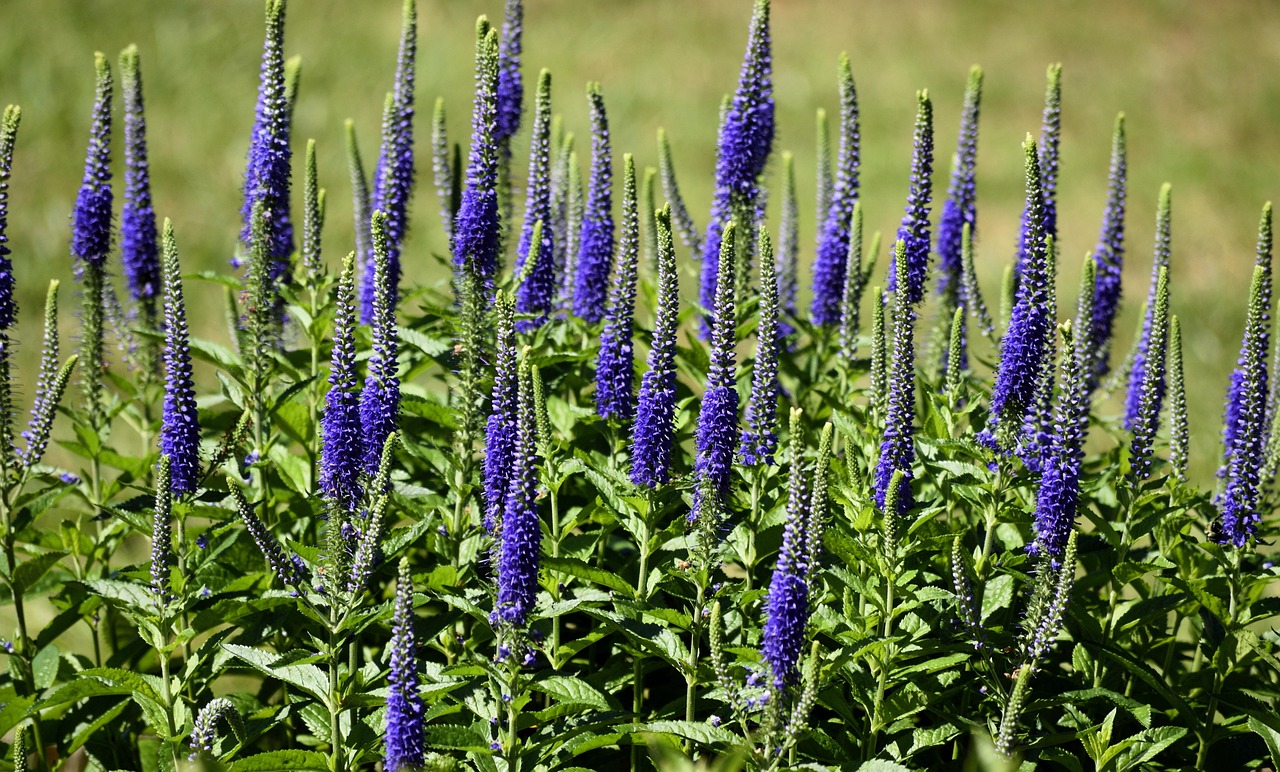
This statuesque perennial isn’t shy about making a statement. Its tall, slender stalks, adorned with fluffy lavender or purple flower spikes, add a touch of vertical interest and elegance to borders. Blazing star attracts butterflies and pollinators, making it a haven for beneficial insects.
Care Tips:
- Prefers well-drained soil.
- Divide clumps every 3-4 years to maintain vigor.
2. Daylily (Hemerocallis spp.):
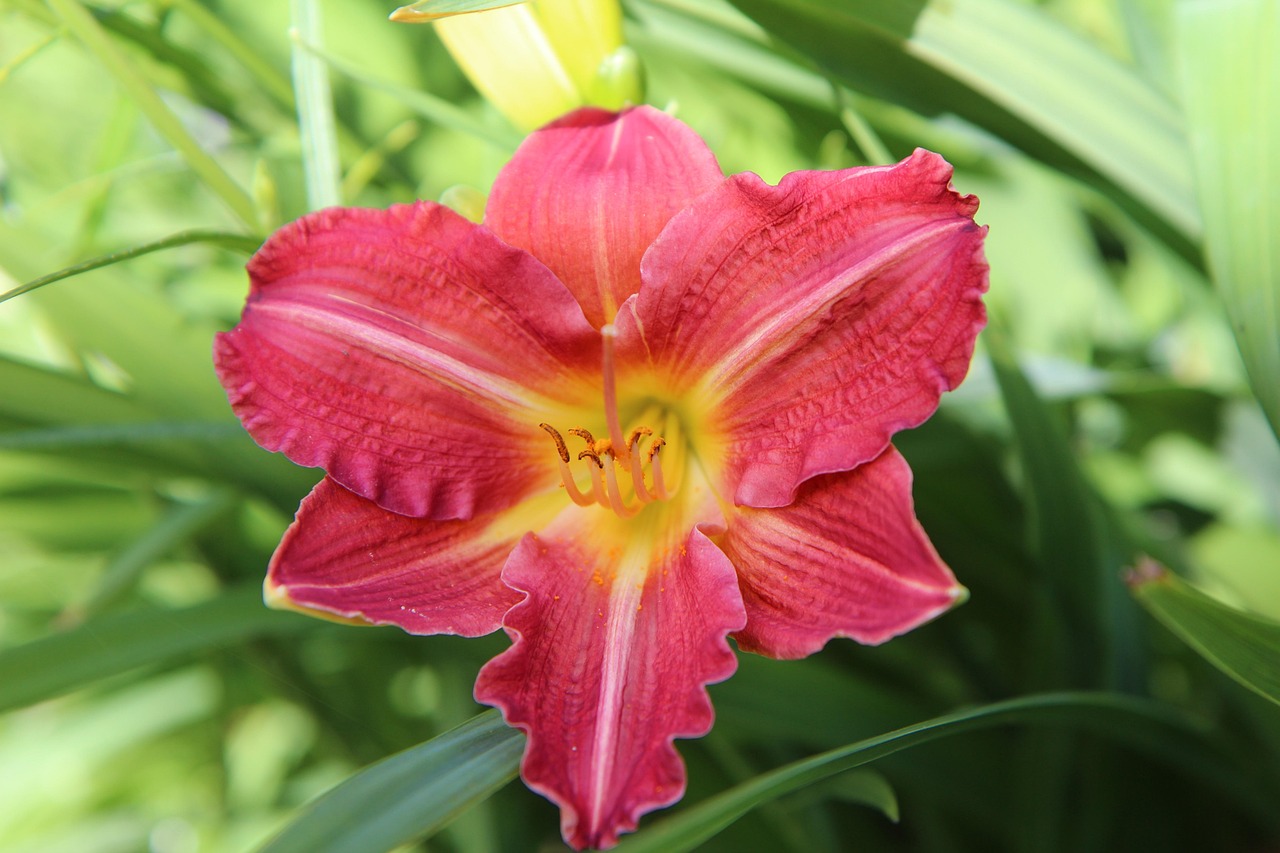
A classic for a reason, daylilies offer a stunning variety of colors, shapes, and bloom times. These low-maintenance plants produce a seemingly endless parade of trumpet-shaped flowers throughout the summer. Choose varieties with different bloom times to ensure continuous color in your garden.
Care Tips:
- Deadhead spent blooms to encourage further flowering.
- Divide clumps when they become overcrowded.
3. Yarrow (Achillea millefolium):
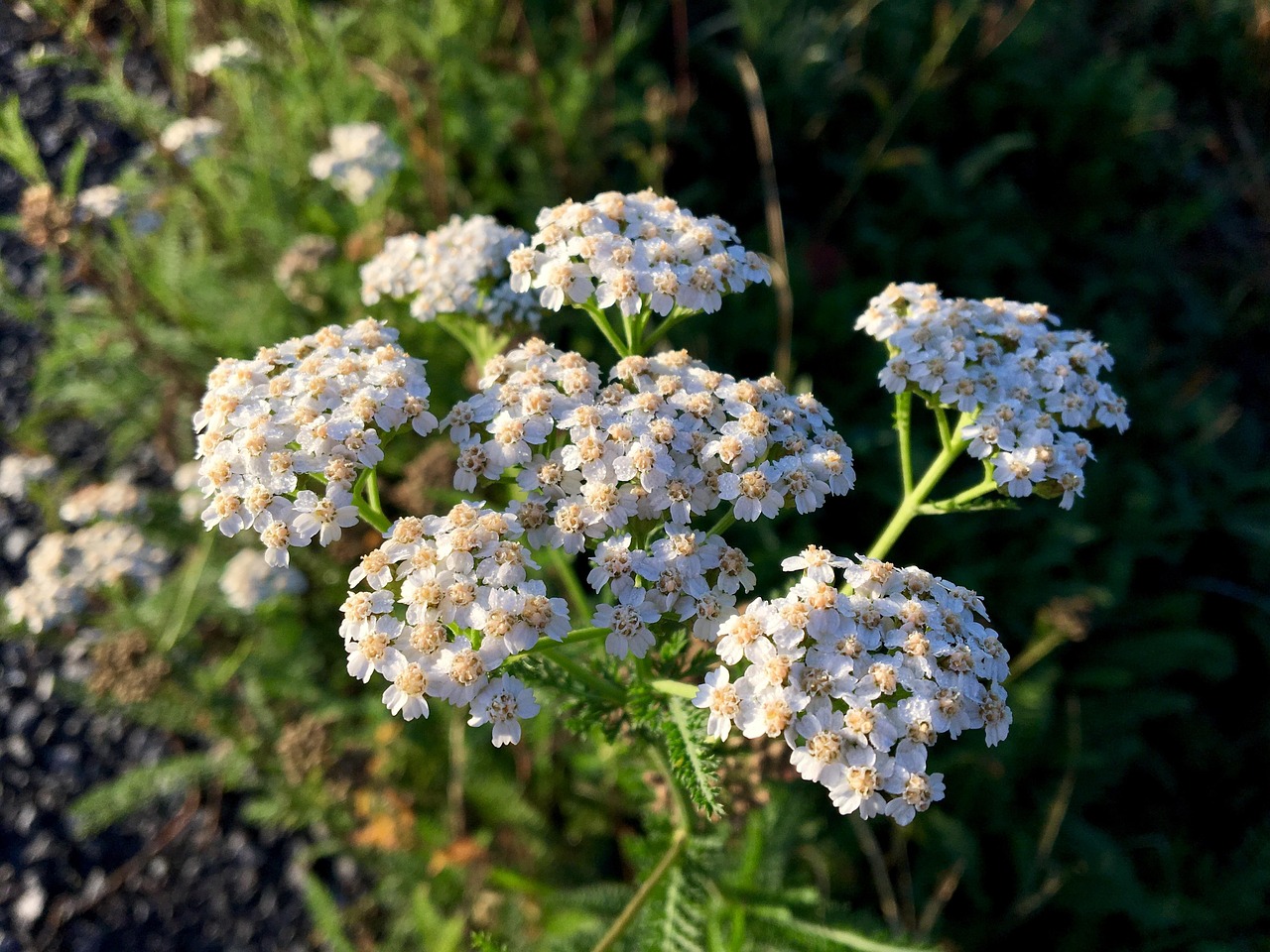
This cheerful perennial brings a burst of sunshine to the garden with its flat clusters of yellow, orange, or pink flowers. Yarrow tolerates poor soil and dry conditions, making it a perfect choice for sunny spots that might be a challenge for other plants.
Care Tips:
- Deadhead spent blooms to promote new growth.
- Shear back after flowering for a bushier appearance.
Dazzling Delights: Eye-Catching Mid-Border Options
4. Black-Eyed Susan (Rudbeckia fulgida):
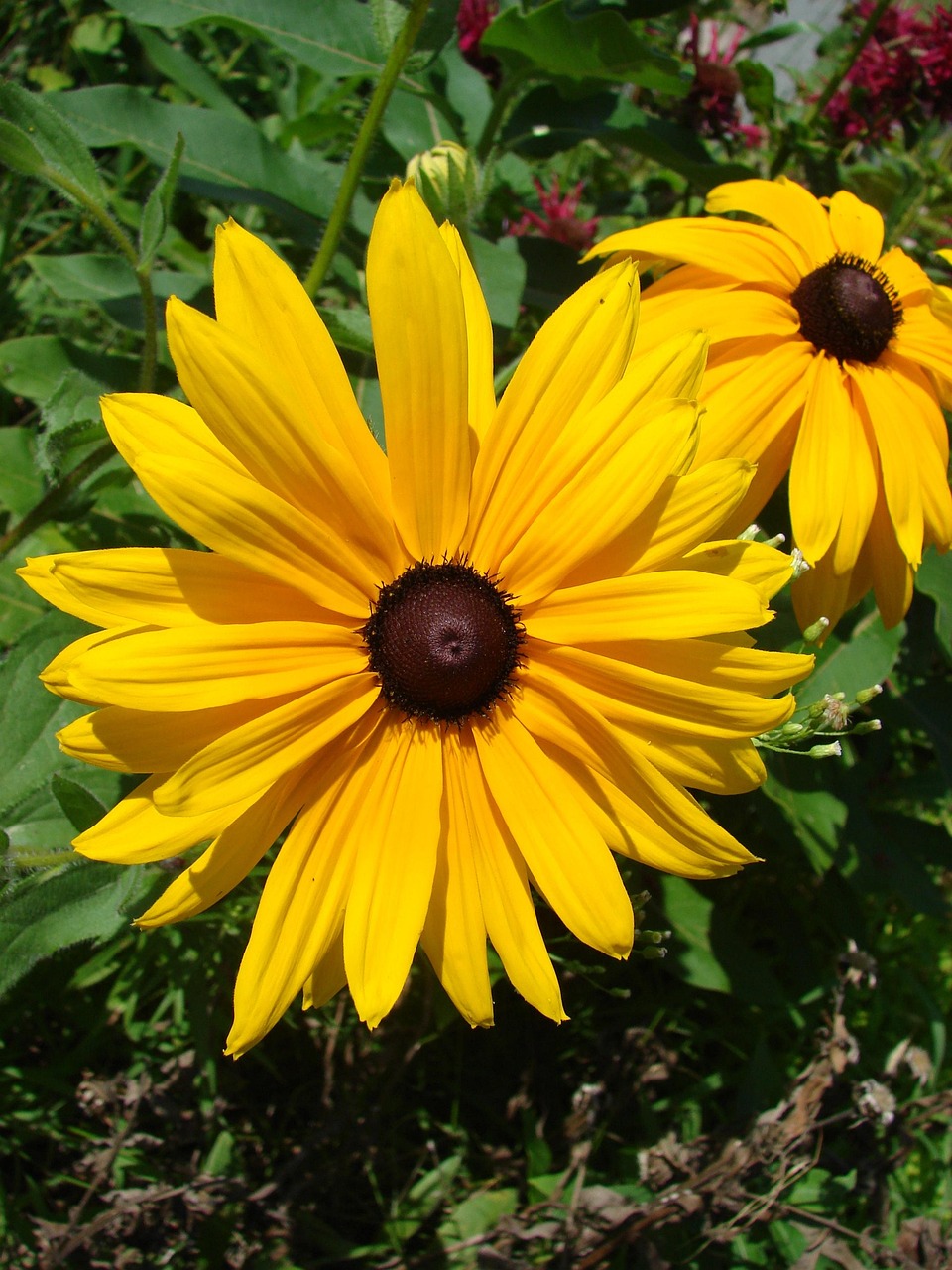
A true summer ambassador, black-eyed Susan boasts cheerful daisy-like flowers with dark brown centers against a backdrop of bright yellow petals. These cheerful blooms attract butterflies, bees, and hummingbirds, adding a touch of lively chaos to your garden.
Care Tips:
- Deadhead spent blooms to prolong flowering.
- Divide clumps every 3-4 years to prevent overcrowding.
5. Blanket Flower (Gaillardia x grandiflora):
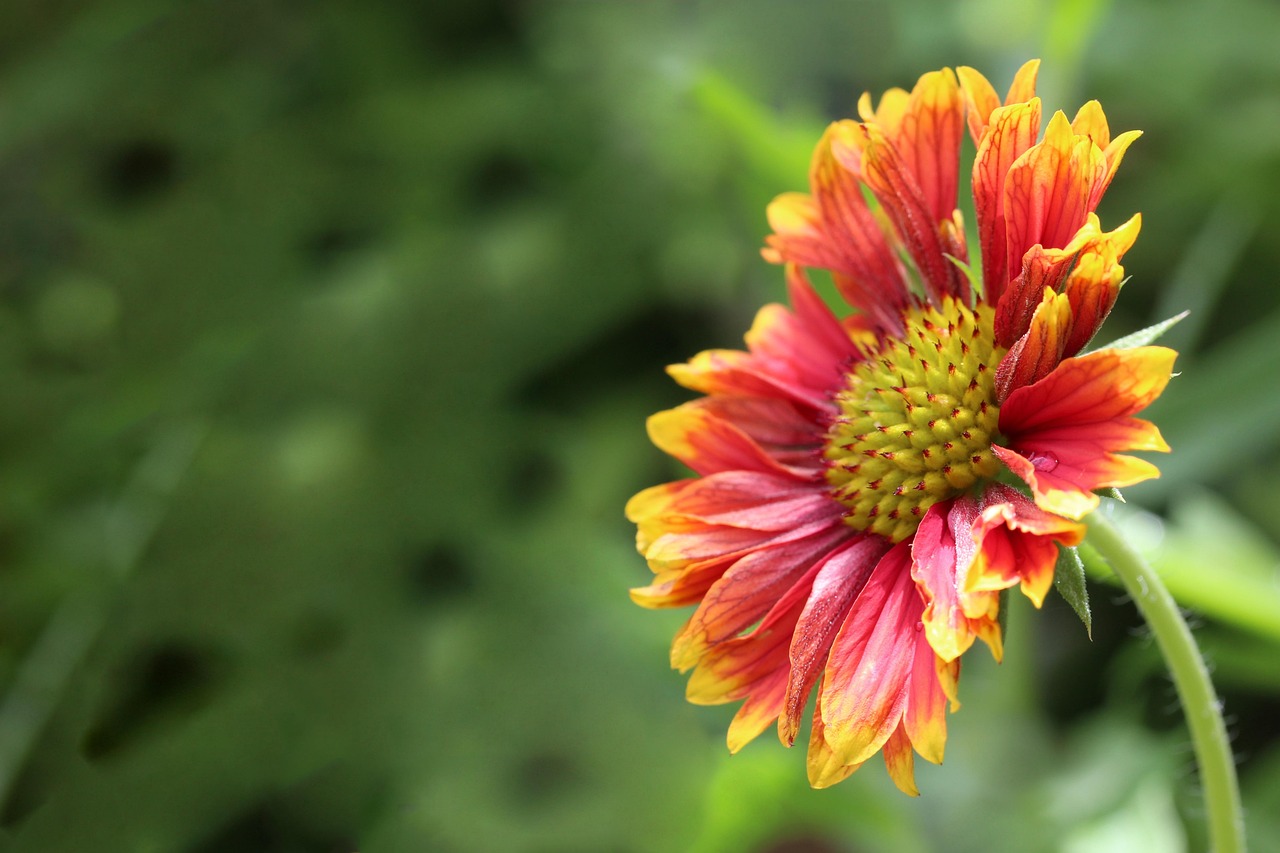
Don’t let the name fool you, blanket flower isn’t for shy gardens. This vibrant perennial produces dazzling single or double flowers in shades of red, yellow, and orange, creating a dazzling blanket of color.
Care Tips:
- Deadhead spent blooms to encourage further flowering.
- Shear back lightly after flowering to maintain a tidy appearance.
6. Russian Sage (Perovskia atriplicifolia):
Adding a touch of sophistication to the mid-border is Russian sage. With its slender, silvery-green foliage and spikes of lavender-blue flowers, this perennial provides a calming contrast to bolder blooms.
Care Tips:
- Prune lightly in early spring to encourage bushier growth.
- Deadhead spent blooms to extend the flowering period.
Spreading the Cheer: Ground-Covering Beauties
7. Creeping Phlox (Phlox subulata):
A low-growing perennial that forms a vibrant carpet of color, creeping phlox is perfect for edging borders or filling in empty spaces. Its star-shaped blooms come in shades of pink, purple, white, and blue, creating a delightful display in the spring and early summer.
Care Tips:
- Shear plants back lightly after flowering to maintain their shape.
- Divide congested clumps every 3-4 years.
8. Catmint (Nepeta x faasseni):
Catmint is a low-maintenance charmer. Its fragrant lavender flowers bloom throughout the summer, attracting butterflies and pollinators to your garden. The aromatic foliage adds a touch of sensory delight, making this a favorite among gardeners.
Care Tips:
- Shear lightly after flowering to encourage new growth.
- Divide congested clumps every 3-4 years.
9. Coral Bells (Heuchera spp.):
These versatile perennials aren’t just about the flowers. Coral bells offer stunning foliage in a wide range of colors
from deep burgundy to lime green, with some varieties boasting intricate patterns. While the delicate, bell-shaped flowers add a touch of charm, it’s the foliage that truly steals the show.
Care Tips:
- Prefers well-drained soil with some afternoon shade, especially in hot climates.
- Divide clumps every 3-4 years to maintain vigor.
Adding Texture and Form: Architectural Wonders
10. Ornamental Grasses:
Don’t underestimate the power of ornamental grasses in your summer garden. They add a touch of movement, texture, and architectural interest. Varieties like switchgrass (Panicum virgatum) with its upright, feathery plumes, or blue fescue (Festuca glauca) with its cool, blue foliage, create a stunning contrast against flowering perennials.
Care Tips:
- Most ornamental grasses require minimal care. Cut them back in late winter or early spring before new growth emerges.
11. Yucca (Yucca filamentosa):
For a touch of drama and architectural flair, consider yucca. This evergreen perennial boasts sword-like, evergreen foliage and produces creamy white flowers on tall stalks in the summer.
Care Tips:
- Drought-tolerant once established.
- Prefers well-drained soil.
The Butterfly Buffet: Pollinator Magnets
12. Butterfly Weed (Asclepias tuberosa):
A magnet for butterflies and Monarchs in particular, butterfly weed offers clusters of bright orange or red flowers throughout the summer. This low-maintenance perennial thrives in hot, sunny locations.
Care Tips:
- Deadhead spent blooms to encourage further flowering.
- Cut back stems in late fall or early spring.
13. Coneflower (Echinacea purpurea):
This quintessential prairie wildflower is a must-have for any pollinator-friendly garden. Coneflower boasts daisy-like flowers with drooping petals in shades of purple, pink, or white, surrounding a prominent central cone.
Care Tips:
- Deadhead spent blooms to encourage additional flowers.
- Divide clumps every 3-4 years to prevent overcrowding.
14. Lavender (Lavandula angustifolia):
The fragrant purple blooms of lavender aren’t just beautiful, they’re also incredibly attractive to butterflies and bees. This low-growing shrub adds a touch of Provençal charm to your garden and fills the air with a delightful aroma.
Care Tips:
- Prune lightly after flowering to maintain a compact shape.
- Divide congested plants every 3-4 years.
15. Columbine (Aquilegia spp.):
These graceful perennials add a touch of whimsy to the garden with their nodding, bell-shaped flowers. Columbines come in a wide range of colors including pink, purple, white, and yellow, and their delicate foliage adds a touch of airiness to borders.
Care Tips:
- Prefers moist, well-drained soil with some afternoon shade.
- Deadhead spent blooms to encourage reblooming.
